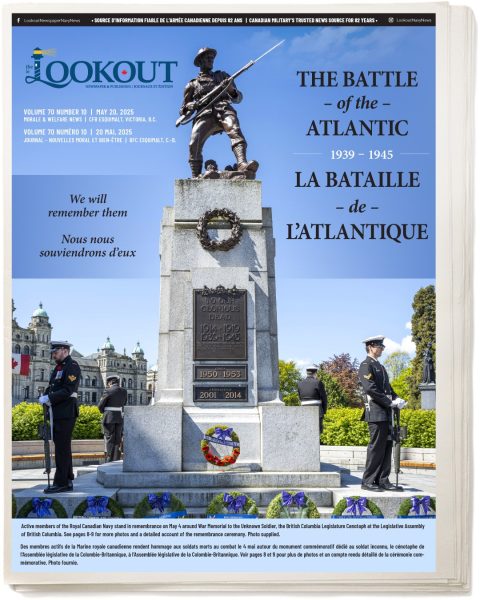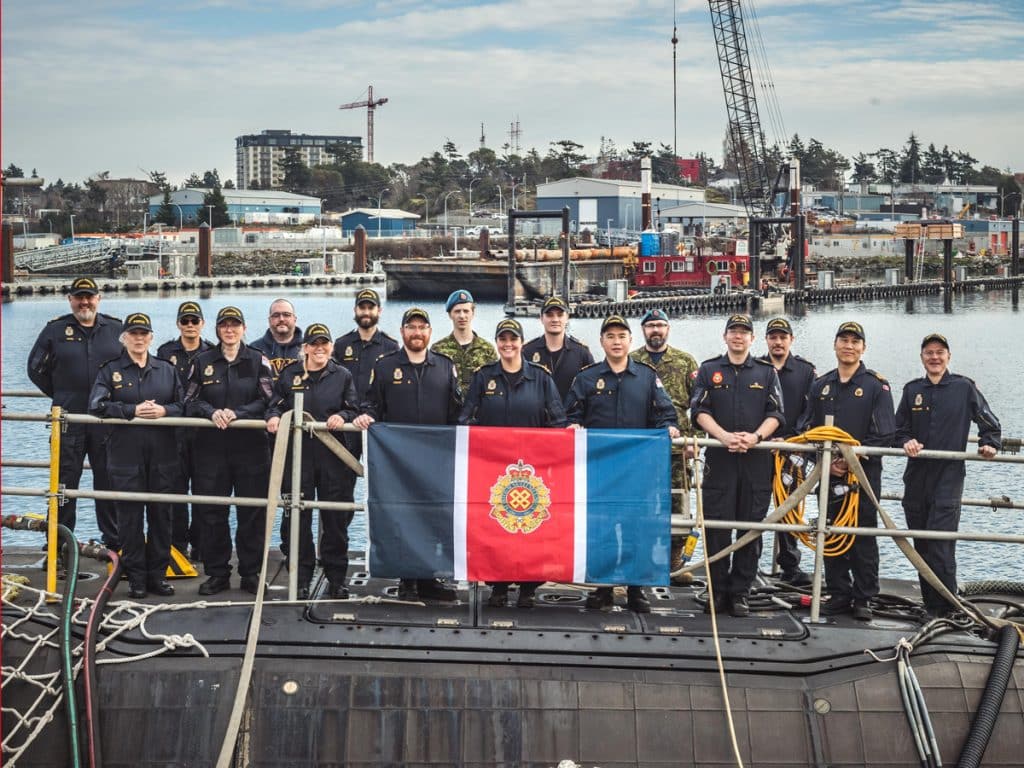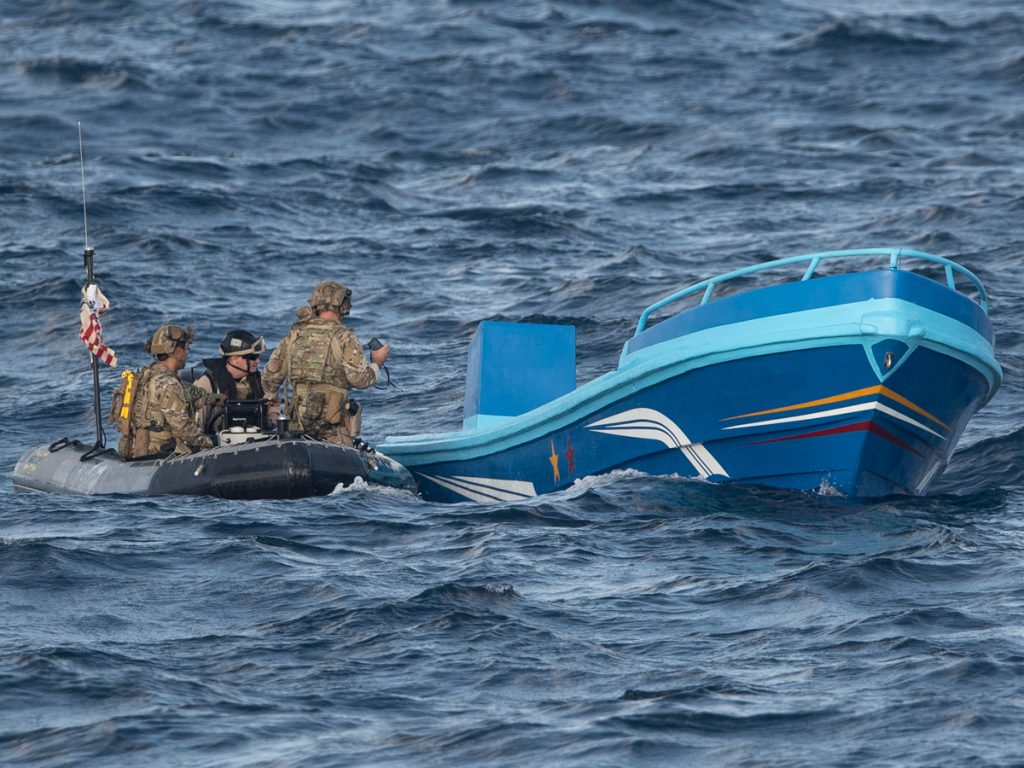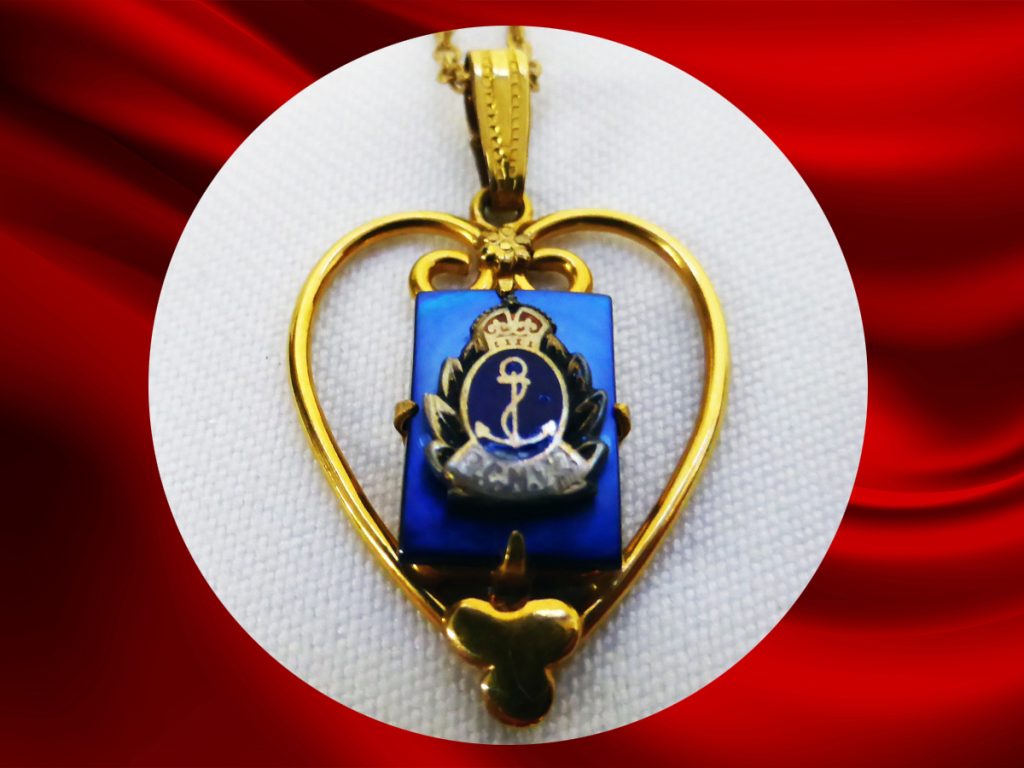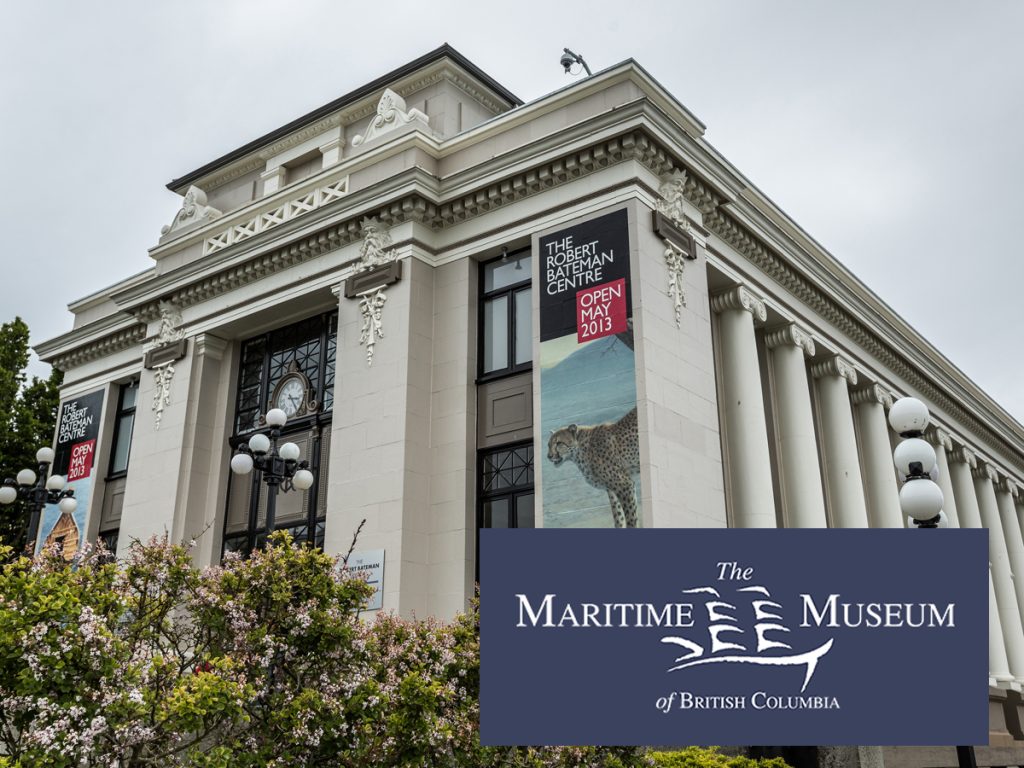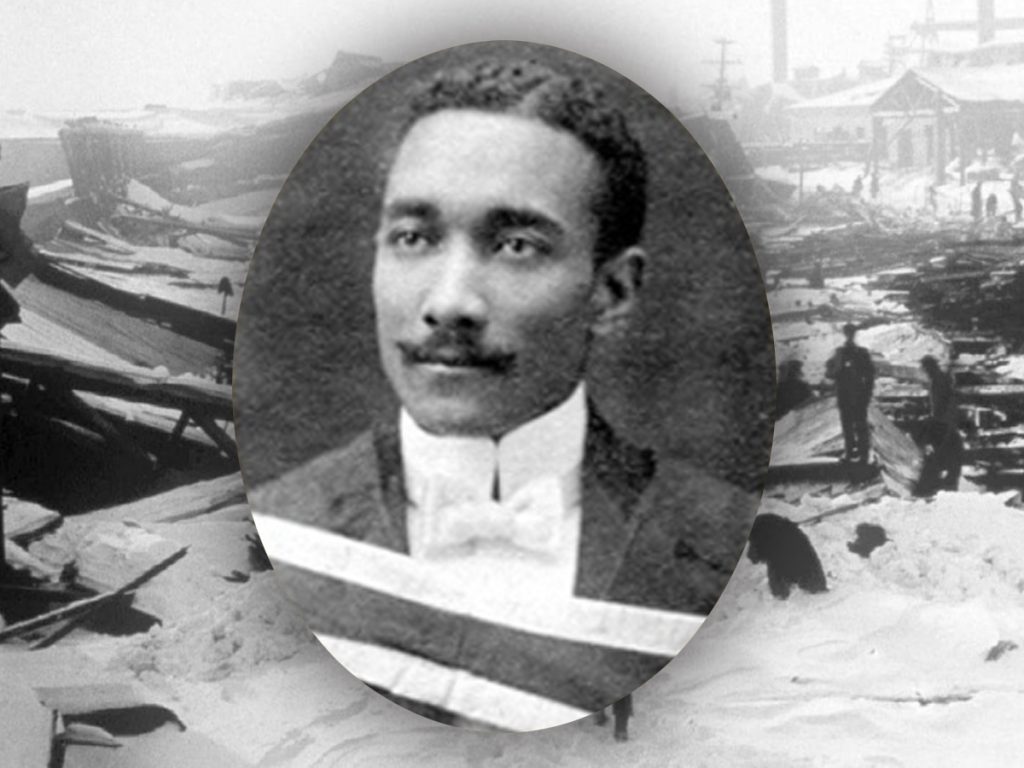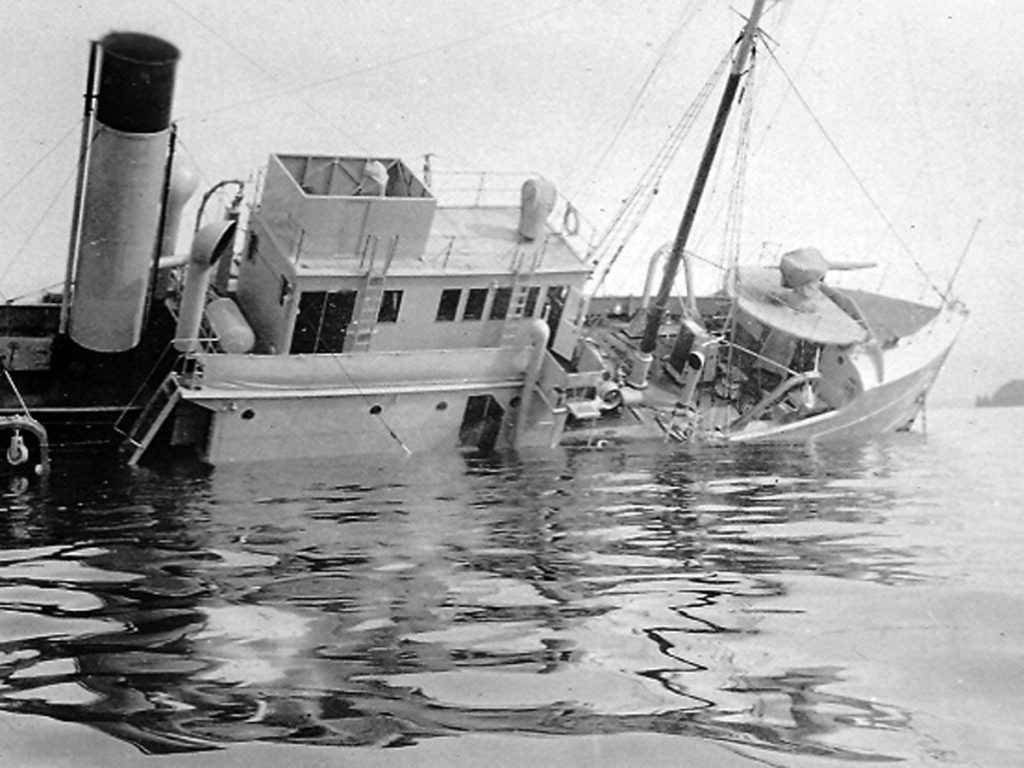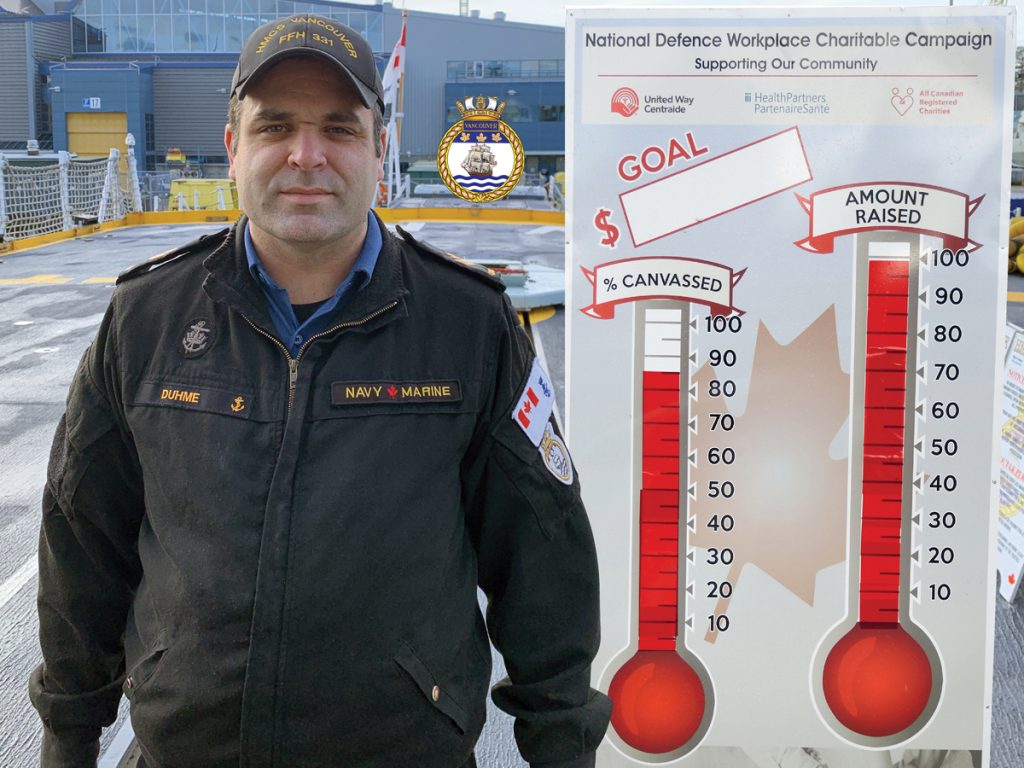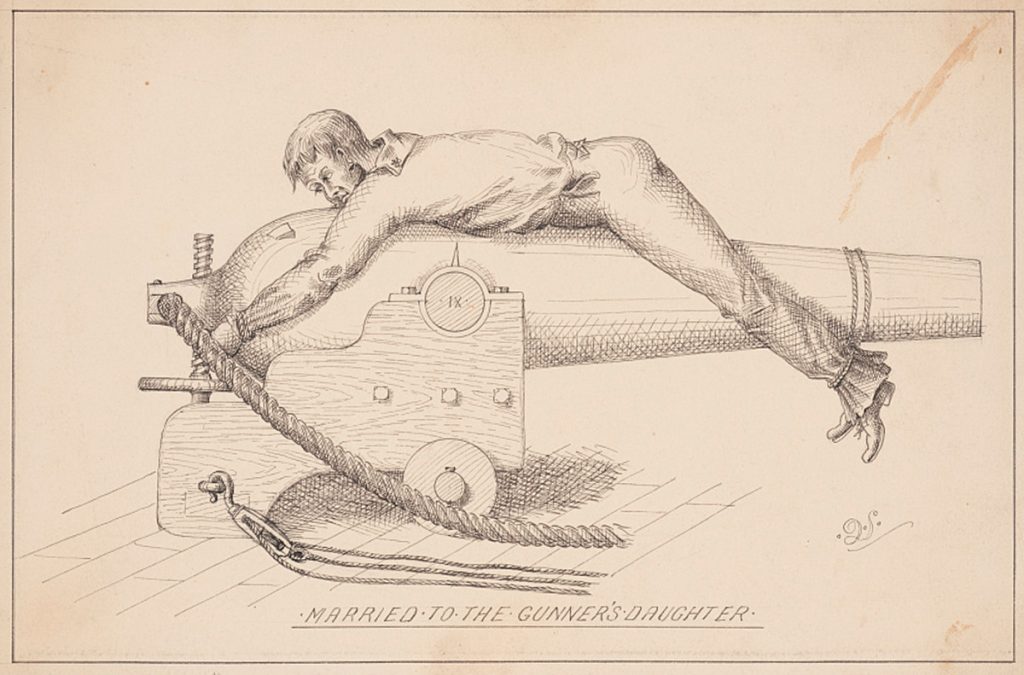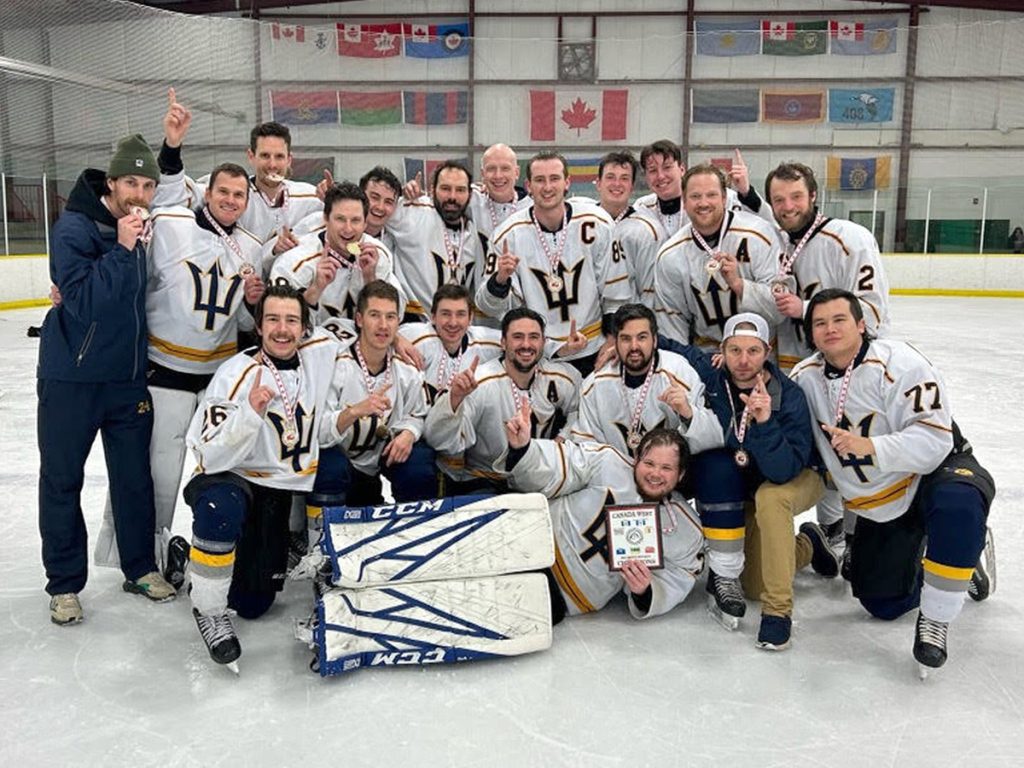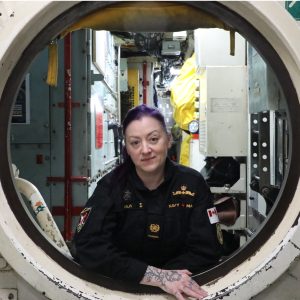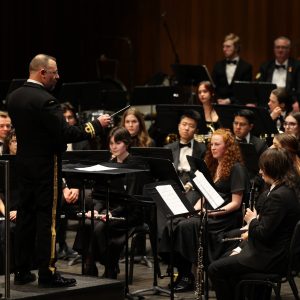
Tritons celebrate gold medal six pack
Peter Mallett, Staff Writer — All six CFB Esquimalt Tritons teams now get a shot at becoming Canadian Armed Forces national champions. The Esquimalt Tritons volleyball players added to Esquimalt’s gold-medal haul for 2023 by capturing Canada West men’s and women’s regional titles in Cold Lake, Alta. The men’s Volleyball team avenged an earlier 2-1 (best-of-three sets) loss to Cold Lake in round-robin play to score a tight 25-17, 25-23, 27-25 victory. The Esquimalt Tritons men’s team defeated the hosts from 4 Wing 3-0 in their championship on Feb. 13 while on the same day our women’s team beat Edmonton 3-1 to also win their gold medals. Sailor Third Class (S3) Jacob Thompson, Tritons Men’s Team Manager and a Naval Combat Information Operator (NCIOP) with HMCS Winnipeg, said the hosts kept them on their toes from opening serve and throughout the championship match. “Having previously lost our only match of the tournament against them in the second game of the round-robin, we had a pretty good understanding of what we were up against in the final,” said S3 Thompson. “Yet, we were able to stay disciplined during long rallies by playing our positions by the book and inched our way closer and closer towards victory.” The team relied heavily on two players with CISM (Conseil International du Sport Militaire) Military World Games experience. Corporal Kristofer Faucon, Team Captain and setter, captured the championship game Most Valuable Player honours while Sailor First Class Brandon Rivera, outside hitter, was named tournament MVP for his stellar play. The Tritons women went undefeated over five games in Cold Lake. Kiana Deland, Team’s Coach and a civilian fitness instructor for Personnel Support Programs (PSP), said the team was equally excited with their Canada West crown. “It’s been years since our women’s volleyball team has won this title,...
